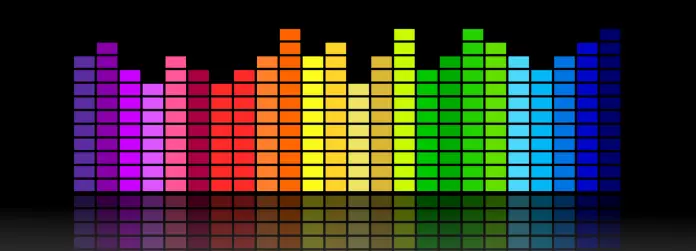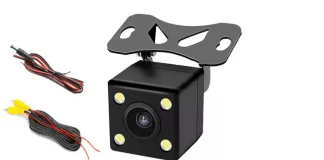You have many.MP3 files from years of ripping your CDs or youtube downloading songs, or maybe you even purchased the MP3 version of songs from Amazon. Now you have loads of songs on your laptop and want to play them on your Android headunit.
Option 1
For physical mp3 files, you have two main choices on how to get the music onto your Android headunit to play as you drive.
Copy the mp3 music files to a USB memory stick and then put that USB memory stick into a spare USB port on the Android headunit. If you have not yet connected the USB port lead to the rear of the headunit, now would be the time to do it. Site the socket to make it accessible because you may need to remove the USB stick to update the music stored on it.
Cheap Storage
USB sticks are now much cheaper for ample capacity storage than ever. Avoid unbranded and Chinese fake USB sticks; even if they look great value for money, they will disappoint you. Well-branded, simple USB sticks of SanDisks are an excellent choice and are available on eBay.
USB Advantage
The advantage of USB sticks is that you can have several sticks, each with a different collection of tracks, and they are easily swapped for whoever is driving.
USB Disadvantage
The significant disadvantage of USB sticks for music on your Android headunit is you will be tying up a limited number of USB ports just for song storage. The pressure to free up USB ports is present when USB ports can do so much more, like TPMS or DAB+.
Option 2
A second option to getting your mp3 music collection to play on your Android headunit is to copy the mp3 files. Using a USB port and stick would be best, but only temporarily for the copy process. Once the process is completed, the USB stick can be repurposed, and the USB port can be returned to its previous service.
Advantage
The advantage of using option 2 (copy) is freeing up a USB port for other uses. There are never enough USB ports on an Android headunit when you can connect so many things; using it just for music seems a bit limiting. The copy process only temporarily ties up a USB port during transfer.
Disadvantage
The limited space available is the main disadvantage of putting your music on the Android headunit internal storage. This memory is also shared with apps, so the pressure of storage capacity is real. You can’t just expand the internal memory of your Android headunit, and it is unlike getting a more significant or just more USB sticks for music.
Instructions
To transfer the .mp3 files to your Android headunit memory, insert the music memory stick into a free USB port; if you don’t have a free USB port, unplug a USB temporarily. Open your file manager, ‘Files,’ or find one on the play store if no one is pre-installed. Use the file manager to navigate the USB drive, select the tracks ‘select all’ and copy or ‘copy to’ your internal storage. Internal storage could be identified as ‘0’ or drive 0, external SD or ‘storage.’ Whatever the file manager calls your storage, it will be the biggest drive, around 32, 64, or 128 GB.
Pick an app
Now you have the mp3 music files on or available to your Android headunit, pick your preferred music player, be it a stand-alone app (there are plenty on the play store to choose from) or part of the launcher, and enjoy your music as you drive.
Streaming
If you subscribe to a streaming service like Spotify, Tidal, Apple Music, Amazon Prime Music (free trial), Deezer, or Qobuz, music on a USB stick won’t be relevant. You get a data connection on your Android headunit, install the corresponding app for your subscribed music service and stream the songs. No USB sticks are required, and your memory will be free of cluttering mp3 files.








I just connected a small USB3 hub-Card Reader (from Amazn https://www.amazon.it/gp/product/B0B1ZT831Y/ref=ppx_yo_dt_b_asin_title_o03_s01?ie=UTF8&psc=1 ), and all is working fine.